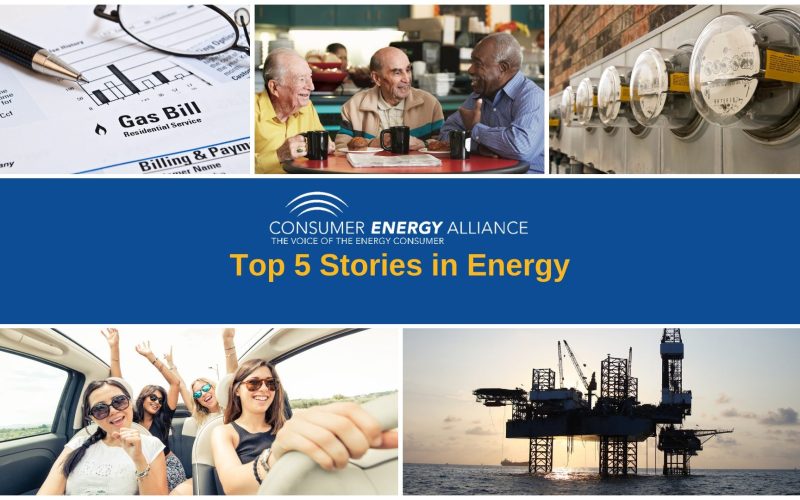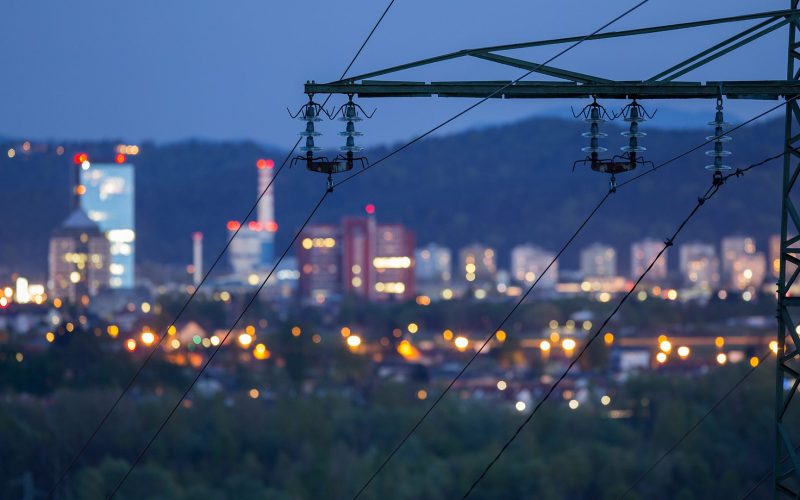THE VOICE FOR THE ENERGY CONSUMER

CHARLESTON, W.V. — Thanks to increased production and new technologies, which have decreased the price of natural gas, West Virginians saved more than $4 billion between 2006 and 2016, according.

From one Texas community that looks to use only solar panels, to the growth of natural gas in the U.S., here’s our top five news stories this week. Wind and.

With Energy Day Denver just around the corner, CEA’s Emily Haggstrom and Andrew Browning spent time with CBS 4 talking about the experiences kids will have and the official robotics.

According to the US Census Bureau Population clock, the population of the United States on July 4 was more than 328 million – which is up more than 2.3 million.

CEA’s Andrew Browning talks about the importance of STEM education and how Energy Day Denver helps kids connect to science through hands-on activities. Between reality shows and social media, kids.

There’s some good news for consumers this week regarding energy costs, alternative sources of energy, and renewable energy. 1. With oil and gas on an upswing, is Jefferson County, Ohio.

CEA’s report, The Benefits of Ohio’s Natural Gas Production to Energy Consumers and Job Creators, analyzed the savings reduced natural gas prices brought to Ohio’s energy consumers as well as.

CEA President David Holt recently opined on the lack of civility and increasing lawlessness of anti-energy protesters (as we’ve documented multiple times – see for example here and here) which.

CEA’s recent report, “Everyday Energy for Pennsylvania,” was highlighted by the Pittsburgh Business Times. Thanks to increased production and new technologies, which have decreased the price of natural gas, Pennsylvanians.

After a long day, it’s nice to come home, flip on the lights and turn on the TV while you change clothes and get ready to start dinner or head.